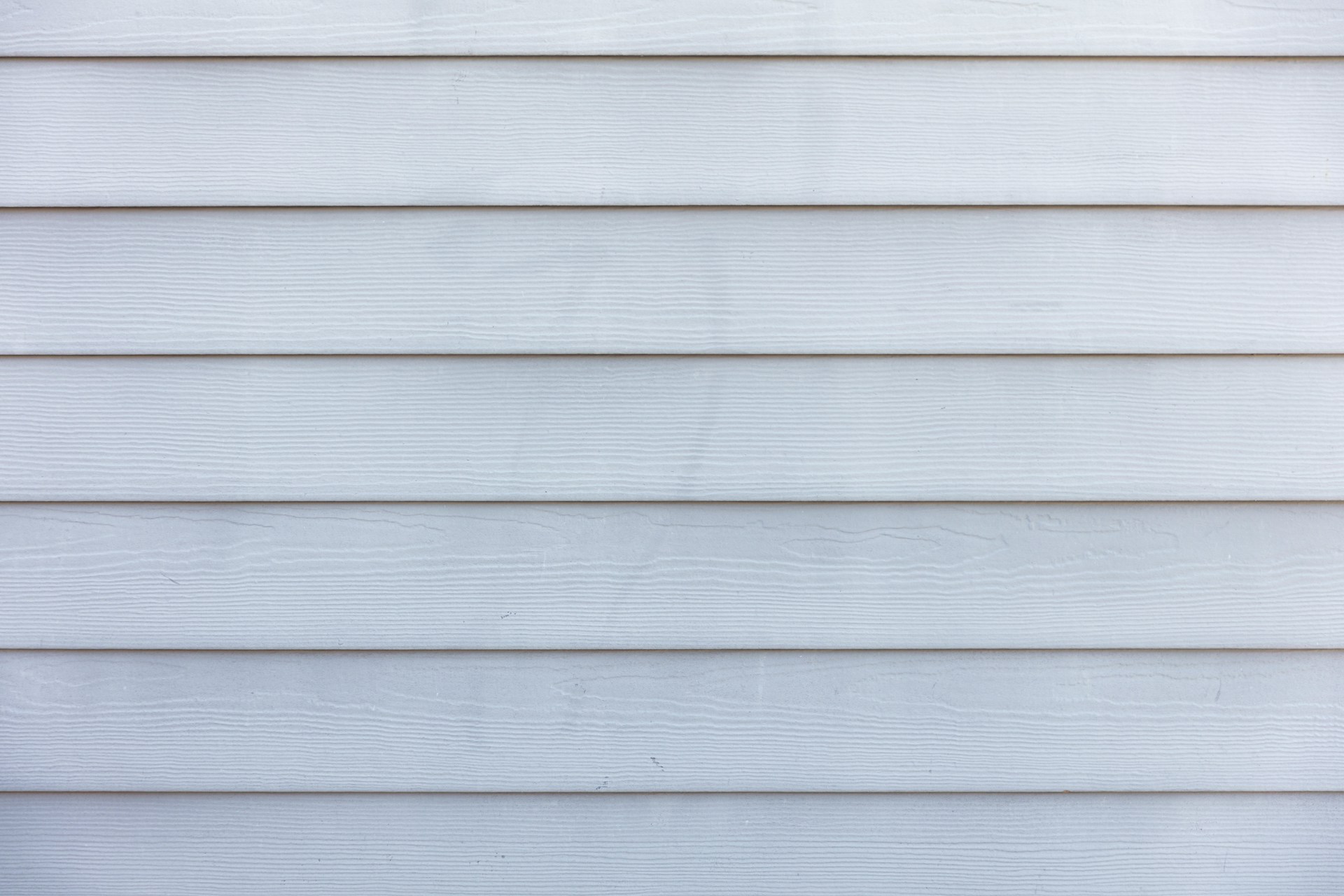Siding is an essential part of your home’s exterior, protecting it from the elements while also adding to its aesthetic appeal. Over time, however, siding can develop issues that not only affect its look but also its functionality. Cracks, warping, and mold are common problems that homeowners face, and addressing these issues promptly is crucial to maintain your home’s integrity.
Dealing with siding problems doesn’t have to be daunting. With the right information and a few basic tools, you can tackle most of these issues yourself. This guide will walk you through identifying common siding problems, gathering the necessary tools and materials for repairs, and providing a step-by-step process to fix them. Additionally, we’ll share some tips on how to prevent future siding issues, saving you time and money in the long run.
Whether you have experience with home repairs or are a complete novice, this guide aims to make siding repairs straightforward and manageable. By taking proactive steps, you can ensure your home remains beautiful and well-protected for years to come.
Identifying Common Siding Issues
Recognizing common siding problems early can save you from more extensive repairs later. Here are some frequent issues you might encounter:
1. Cracks and Gaps: Small cracks and gaps can develop due to weather changes or physical damage. Left untreated, they allow water to seep in, leading to more serious damage.
2. Warping: Siding can warp when it’s exposed to extreme heat or excessive moisture. Warped siding not only looks unsightly but also compromises the protective layer of your home.
3. Mold and Mildew: Dark spots or streaks on your siding can indicate mold or mildew, especially in damp or shaded areas. Mold can spread quickly and can be a health hazard.
4. Fading and Discoloration: While this is often just an aesthetic issue, severe fading or discoloration can also signal damage from UV rays or harsh weather conditions.
5. Loose or Missing Pieces: Wind, storms, or poor installation can cause siding pieces to become loose or go missing. This exposes your home to the elements and can lead to interior damage.
By regularly inspecting your siding, you can spot these issues early and take steps to fix them before they escalate.
Tools and Materials Needed for Repairs
Before you start fixing your siding, gather the necessary tools and materials. Here’s a list to help you get started:
1. Basic Tools:
Hammer: for nailing down loose pieces.
Screwdriver: for removing and tightening screws.
Pry bar: to help lift and remove damaged pieces without harming the surrounding siding.
Utility knife: for cutting through caulking or trimming materials.
2. Materials:
Replacement siding: matching your existing siding in type and color.
Caulk: to seal gaps and cracks.
Nails or screws: appropriate for your siding material.
Paint: matching the color of your existing siding (if needed).
3. Safety Gear:
Gloves: to protect your hands from sharp edges and tools.
Safety glasses: to shield your eyes from debris.
Ladder: for reaching higher areas safely.
Having the right tools and materials on hand will make the repair process much smoother and more efficient. With everything ready, you’ll be prepared to tackle any common siding issue that comes your way.
Step-by-Step Guide to Fixing Damaged Siding
Fixing damaged siding can be straightforward if you follow these steps:
1. Inspect the Damage: Start by thoroughly inspecting the area. Determine the extent of the damage and decide if a small patch will suffice or if you need to replace an entire piece.
2. Remove the Damaged Siding: If replacing, use a pry bar and a utility knife to carefully remove the damaged section. Be gentle to avoid harming the surrounding pieces.
3. Cut Replacement Piece: Measure the gap left by the removed siding and cut the new piece to fit. Ensure precision to avoid gaps.
4. Install the Replacement: Position the new siding piece and secure it with nails or screws. Make sure it aligns perfectly with the existing siding.
5. Seal and Paint: Apply caulk to seal any gaps around the replaced piece to prevent water intrusion. Paint the new piece to match the rest of your siding, ensuring a seamless look.
Tips for Preventing Future Siding Problems
Preventing siding issues is easier than fixing them. Here are some tips to help you keep your siding in top shape:
1. Regular Inspections:
- Check your siding at least twice a year.
- Look for any signs of damage, such as cracks, gaps, or warping.
- Address minor issues promptly to prevent them from becoming major problems.
2. Maintain Proper Ventilation:
- Ensure good ventilation around your home. This helps prevent moisture buildup, which can lead to mold and mildew.
- Trim back trees and shrubs that are too close to the siding to allow for better air circulation.
3. Keep It Clean:
- Clean your siding regularly to remove dirt, mildew, and other buildup. Use a soft brush and soapy water or a pressure washer on a low setting.
- Avoid harsh chemicals that can damage the siding material.
4. Protect from Damage:
- Be cautious when doing yard work or other activities around your home to avoid accidentally damaging the siding.
- Install splash guards to direct water away from your home, protecting the siding from water damage.
Conclusion
Taking care of your siding is essential for the overall health and appearance of your home. By identifying common issues early and using the right tools and methods for repairs, you can keep your siding looking great and functioning effectively. Regular maintenance and preventive measures will help you avoid significant problems and costly fixes in the future.
If you need professional siding repair services or want more expert advice, don’t hesitate to reach out to RainTite Roofing & Construction. Our team is here to assist with all your siding needs, ensuring your home remains beautiful and protected. Contact us today to get started!

